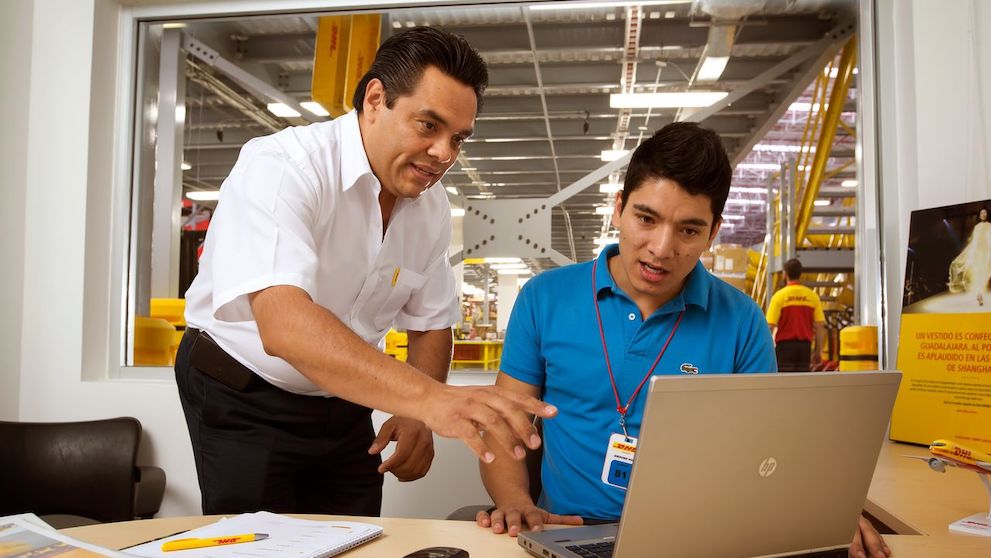The COVID-19 pandemic has made remote work a mainstay in the workplace. According to Te Kawa Mataaho, during the COVID-19 Alert Levels 4 and 3 in April and May 2020, over 40% of employed people worked at home. Three years on, New Zealand workers are still allowed work from home benefits, with almost half given the choice to do so, a 2022 survey by the New Zealand Insitute of Economic Research revealed.
As more companies find ways to adopt a hybrid model of working, remote work will continue to be a prevalent way of working globally.
Transferring methods that used to work in a physical office wholesale to the virtual world can be a recipe for disaster. So what can be done? Logically, it is best to handle the transition systematically. Try instead to retain what works and adopt new work from home productivity tools and systems that would allow your employees to stay efficient, effectively communicate, be aligned with timelines and stay motivated whilst working remotely.
How can I increase the efficiency and productivity of my employees?
1. Only hold effective meetings
Employers may feel the need to overcompensate with an excessive number of meetings to make up for the lack of face-to-face time. Too many of us in the workplace have sat in unnecessary meetings and know how frustrating it can be especially when we have a lot on our plate. If you’re having an excessive number of meetings that do not add any value to your team’s work, it’s time to review your schedule. Get rid of the ones that are unproductive and only run meetings that are effective. This means having a clear agenda, appointing a chair, steering the conversation so it’s always on track and possibly even, simplifying your organisation's structure.
By keeping your meeting schedule lean, you can achieve a good balance between allowing your employees to focus on deep work without distraction and setting aside time to discuss, ideate and connect.
2. Track projects and deadlines with task management tools
In the physical workplace, you might be verbally checking in with your team to keep updated with a project’s progress and if they’re keeping to the milestones set. Not having the right digital remote work tools could mean inefficient systems, wasted time, frustrated employees and lowered productivity – which ultimately results in unnecessary costs to your organisation. How do you continue to ensure tasks are properly assigned, the team knows what to do, which tasks should be prioritised and what the deadlines are to avoid such a situation?
Many time-saving digital tools can assist in increasing productivity, by helping you and your employees keep track of multiple on-going projects and milestones as they work from home. Project management tools, productivity applications and remote working technology and software such as Trello, Asana, and Basecamp ensures tasks are delegated, tracked and referred to all in one place. You also ensure that everyone who needs to be involved is tagged and that you can quickly address potential roadblocks all while working remotely.
3. Stay connected with your team remotely with communication tools
When you’re physically present in the office, you can simply get up from your desk, walk over to a colleague and have on-the-fly discussions or clarify what you need to. In the virtual world of work, the opportunity for informal interaction and clarification reduces dramatically – which can give rise to miscommunication or a lack of collaboration.
Recreate a collaborative atmosphere with work from home collaboration tools like Microsoft Teams, Slack or Skype. By incorporating an instant messaging system, you can provide a seamless mode of communication for your team. Email communication can be tedious and formal, and meetings can hinder your work. By also incorporating daily check-ins, employees can feel clearer about their tasks and feel connected at the same time.
4. Keep your employees engaged, happy and motivated
As human beings, we desire to connect and are built to interact and socialise. But with long periods of working remotely, employees feel disconnected and might not feel like they belong to a work community. According to the State of the Global Workplace: 2022 Report by Gallup, low engagement costs the global economy approximately US$7.8 trillion.
How can companies continue to keep their teams engaged while they work from home? Create an environment of care in the workplace. Ensure your employees have enough opportunity to interact and socialise outside of work. Organise team social work or Friday evenings out. Also provide a strong support system for them and create channels of open communication.
Flexibility is also important as it fosters a sense of autonomy and trust between managers and employees, which in turn can make for happier individuals. Keep your team motivated by recognising or rewarding them when they produce good work or successfully take on new responsibilities. In this way, they are determined to achieve more.
Further increase productivity with DHL Express
Employee productivity has a significant impact on your business’ bottomline. Your enterprise flourishes when efficiency is increased, timelines are consistently met and customers are continually satisfied. Along with supporting your team and equipping them with the best technology and software for working remotely, you can also increase productivity by partnering with the right third-party companies.
DHL Express offers cross-border logistics that ensures your goods reach your target audiences on time. Partner with us by opening a DHL Express account to ensure you keep customers satisfied.












































